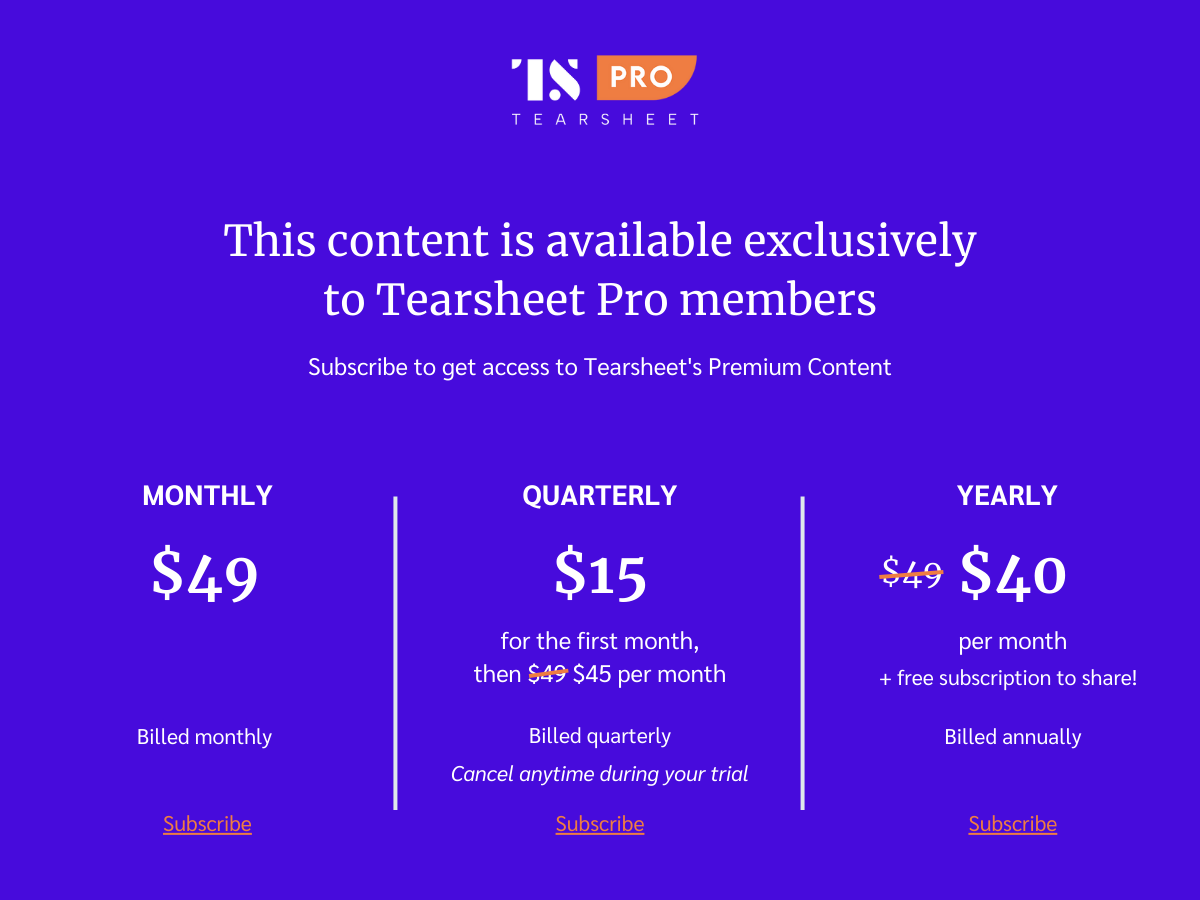The shifting EWA regulatory framework and its impact on bank partnerships and instant payment adoption
- The Earned Wage Access terrain is anything but predictable and straightforward.
- Recent regulatory shifts raise questions about banks expanding partnerships with EWA providers and if they might hinder the potential rise in instant payment adoption, particularly among regional banks.

While the historical arrangement of paying employees bi-weekly remains the norm, around 20% of employers have veered toward a more flexible approach by introducing Earned Wage Access [EWA] as of 2023 in anticipation of increased employee satisfaction and better retention rates.
EWA providers are also establishing growing collaborations with financial institutions. Take, for example, DailyPay. The on-demand pay provider has established partnerships with Santander and TD Bank and most recently with BMO Financial. In these partnerships, financial institutions either brand DailyPay’s EWA service as their own or refer their business clients directly to the fintech company.
Workers have the option to receive EWA funds at no cost within 1-3 days via ACH, or they can opt to have their direct deposit sent to a reloadable Visa debit card, named Friday by DailyPay. Alternatively, DailyPay charges a fee if employees choose to instantly send EWA wages to a card or account. Whether this fee is covered by the employer or the employee depends on the agreement.
Most employees receiving payments through DailyPay opt for faster payouts, according to Rob Nardelli, director of DailyPay’s commercial banking and business development. According to data from The Clearing House [TCH] for the third and fourth quarters of 2022, DailyPay’s transactions make up one-tenth of all RTP payments. This shows that growing on-demand pay services can serve as an incentive for community banks to adopt RTP services, given that they can offer a competitive edge for these banks. “Many banks and credit unions are moving quickly to offer RTP capabilities to their business clients, who are in turn looking to offer EWA options to employees,” Jim Colassano, SVP of product development and strategy at The Clearing House, told Tearsheet.
…
The influence on bank partnerships and instant payments: These recent developments also prompt speculation about whether banks will further grow their partnerships with EWA providers or adopt a cautious wait-and-see approach until laws are firmly established amid a lack of uniform regulations across states.



